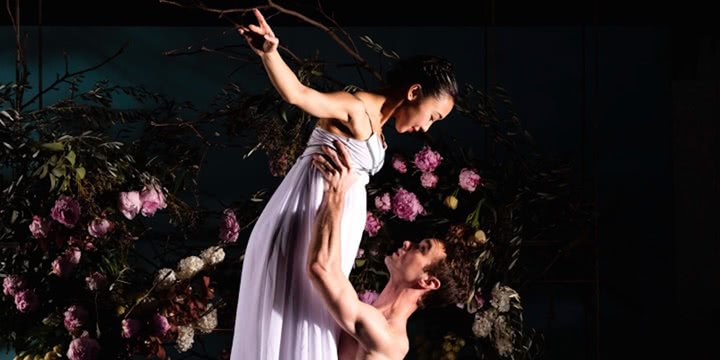As far as artistic goals go, “getting to as many regional shows as possible and delivering ballet to places that have never had ballet before” might fall into the category of the slightly unusual.
But that’s the self-confessed aim of Michael Pappalardo, the artistic director of the Melbourne City Ballet (MCB), in regards to his company’s upcoming production of Romeo And Juliet.
From his humble beginnings starting out in a local dance studio, Pappalardo is now a part of one of Australia’s most innovative and pioneering dance companies. “I was six years old,” Pappalardo says of his start in dance. “My best friend danced and I went along. I really enjoyed it: it grew and grew and then it absorbed my entire life.” Such an evolution proved to be a singularly good thing for Pappalardo, putting him in perfect stead to take MCB productions to Australians across the country – even those in Woop Woop.
When asked why the company chose to stage Romeo And Juliet, Pappalardo cuts straight to the point. “Romeo And Juliet is a fabulous traditional ballet: [our production] has all new choreography, all new costumes and a set purposely designed for this tour. It’s really a traditional story, and with the addition of a whole lot of acting and immersion, it’s just this beautiful ballet.”
With the story’s wealth of history, staging the production came with both challenges and blessings. Pappalardo’s version of the classic story is all about mixing old and new forms: about setting the established against the visionary.
“We had a specific idea about what we wanted to do in Romeo And Juliet,” he says, “but it’s all about developing the project, working on the choreography, watching lots of other ballets and movies, and reading the literature. It was about doing a whole lot of research, then compiling all that into developing the choreography to make the ballet. It’s very collaborative really”.
Given we’ve all had to wrangle with a micro-managing boss, it’s perhaps unsurprising that Pappalardo bursts into peals of laughter when asked about his leadership style. “I love to work collaboratively. I would never walk into the studio and say, ‘This is what you have to do!’ I want the dancers to enjoy it. If they’re not part of the process, they may not enjoy it. I want them to enjoy the movement.”
For Pappalardo, mounting an intimate, moveable production like Romeo And Juliet is a disappointingly rare opportunity. “So many artists I have spoken to have mentioned that no-one really does small projects anymore,” he says. “No ballets were doing smaller venues or touring regionally. There was no work for young dancers… There simply weren’t enough jobs.”
Despite its reputation as a stiff, academic art form, as far as Pappalardo is concerned, ballet is all about directly engaging the audience, and Romeo And Juliet has been designed as a completely immersive experience. “The aim of the performance is not only to show beautiful dancing – it’s about really enveloping the audience in the story. We want audiences to cry, to feel the love and emotion. We want them to experience a true drama, not just ballet.”
When asked about how far Pappalardo plans to take Romeo And Juliet – both literally and figuratively – his response is swift, satisfyingly so. This is a man who cares about the art form deeply, who lives for it. “We’re trying to make sure the plot and the characters are right,” he says. “Ballet in its rawest form can be very boring, but we have put in as much drama as we can.”
Romeo And Juliet,part of Sydney Fringe Festival 2016, runs Wednesday September 7 – Thursday September 8 at Eternity Playhouse.



































